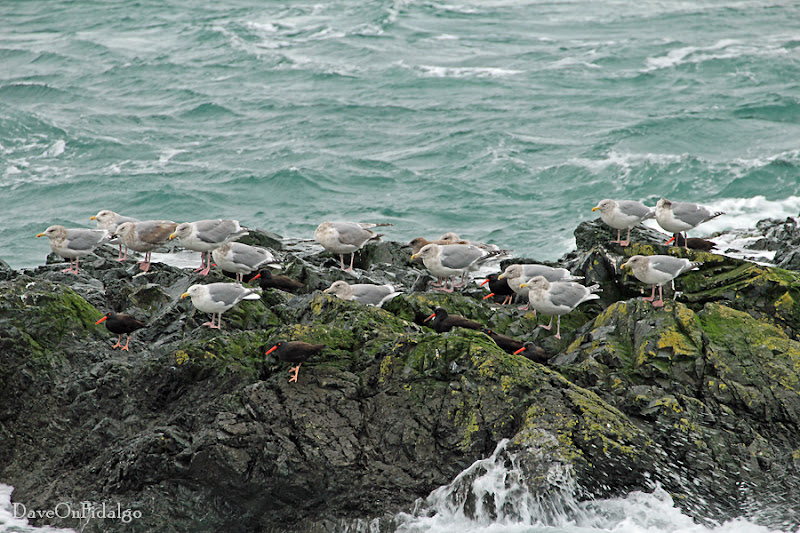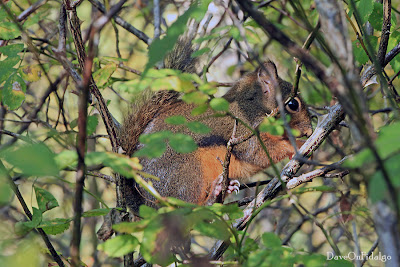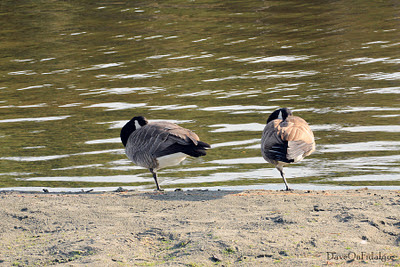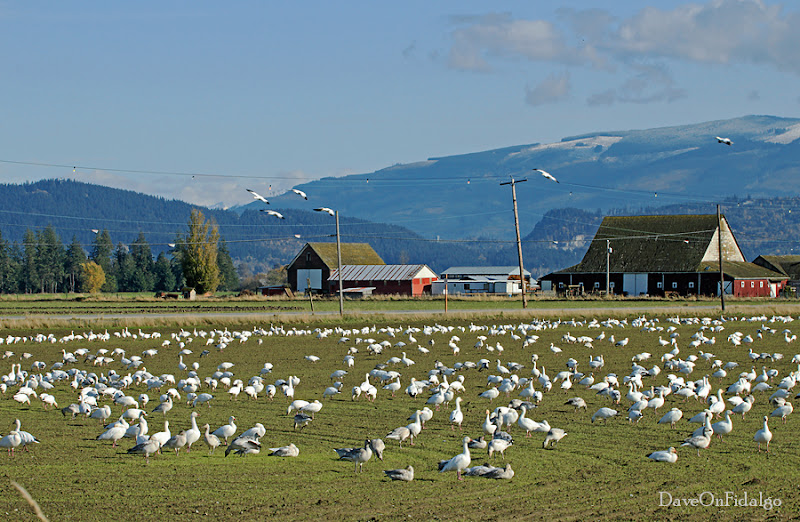Fraggle Rock

Under an approaching windstorm on Thanksgiving Day, Fraggles and Doozers take a rest and teach us how to understand and embrace diversity. In Outer Space , the Silly Creatures call these Black Oystercatchers ( Haematopus bachmani ) and Glaucous-winged Gulls ( Larus glaucenscens ). I watched the two species for about forty-five minutes and never witnessed any sign of hostility or disagreement. Gulls are notoriously difficult to ID, so I could be wrong about it. Maybe someone more adept at gull identification will chime in. At the time, I estimate there was a good 20 knot sustained wind. From the photo, can you guess the direction it was blowing? The location is Deception Pass State Park , Washington facing the Strait of Juan de Fuca. The rock is just offshore from the West Beach parking lot. Anyone who has visited the park will recognize the spot. I am told the Oystercatchers fly over from nearby Deception Island to rest here. I have come to call this Fraggle Rock



